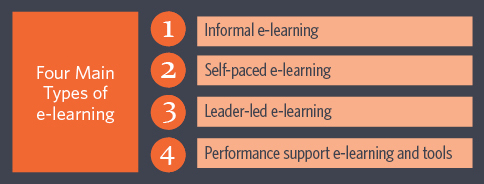
An Overview of e-Learning
The term e-learning is frequently applied to a wide variety of training and educational programs which are delivered through a network, via the Internet, by CD-ROM, by satellite, by personal digital assistants, by wireless devices or through the telephone. To generalize, however, e-learning comes in four basic types:
1. Informal e-learning
Informal e-learning involves no structured training program. Instead, people have access to sources of information which they can dip into on an as-needed basis. These information sources may be available as Web sites, organizational Intranet sites, online discussion groups or simply e-mail.
Typically, informal e-learning involves colleagues discussing matters with each other to:
- Help each other learn more about their specialist field.
- Find answers to difficult problems.
- Share facts, opinions, ideas and more.
The term knowledge management is frequently associated with informal e-learning. The essence of knowledge management is an organizations ability to store, locate and make available explicit information (documented knowledge) and implicit information (undocumented knowledge or know-how). Informal learning means people within the organization can access this knowledge when needed.
2. Self-paced e-learning
Self-paced e-learning quite literally means the learner determines the speed (and sometimes the sequence) at which they move through a structured training course. Most often, these programs are structured in a series of modules which can be accessed either through the computer or via the Web.
Each module will include all the learning activities that relate to one specific topic, and may include:
- Multimedia sound and video clips.
- Learning activities, exercises and other content.
- Before-and-after assessment tests to gauge learning.
- Simulations of common problems.
- Activities which build the desired skills and competencies.
- Assignments and other follow-up requirements.
Self-paced learning is sometimes referred to as self-study learning, computer-based training, Web-based training, distance learning, distributed learning or online learning. All of these terms are commonly used to describe a training program which is demand driven rather than set down according to a rigid schedule.
3. Leader-led e-learning
Leader-led e-learning, as the name suggests, refers to a training program which is managed by an instructor, coach, mentor or facilitator. It involves the course leader setting deadlines by which various modules need to be completed by the students working on their own. The leader also provides any additional assistance which the students require to complete the modules. This assistance may be live (perhaps through a video link) or delayed through an online discussion group.
Attention is drawn to the fact that in a leader-led e-training program, each student completes the modules individually rather than in the presence of the course leader. The student may have access to video clips of the leader explaining a concept, but each student still learns at their own pace . There is no group learning component.
Leader-led e-learning is sometimes referred to as instructor-led learning, instructor-led training, Web based training, online distance education, distance learning, distributed learning or online learning.
4. Performance support e-learning & tools
This type of e-learning involves providing online help for performing some specific work task. The module can then be called up and accessed only if and when it is required. These tools may also be structured as support systems or task wizards.
This type of e-learning does not involve a structured program of instruction. Instead, a toolbox is made available with a collection of tools or templates. The tools may be of varying levels of sophistication, depending on the anticipated task at hand.
Performance support tools are sometimes called electronic performance support systems, wizards, or online learning.
Deciding which of the four types of e-learning to use in any situation depends on the availability of suitable technology as well as the usual factors of:
- Who is to do the learning?
- Who is available to teach them?
- What level of knowledge about computers is assumed?
- When are the learners going to be available?
- Where do those people prefer to learn?
- Why is the learning desirable?
- How do people in this field learn best?
- How much time is available to develop e-learning materials?
- How many learners will this involve?
As well as the four types of learning described, it is also feasible to put together e-learning programs that combine more than one learning style into a blended format. For example, IBM uses all four types of e-learning methodologies. They run a course in which the participants start with a leader-led online course, then move on to a self-study program which includes online simulations and discussion groups, followed six months later by a week long classroom course. Throughout, informal learning materials and performance support tools are also available.
Successful e-learning is developed in the context of the organization including needs, levels of commitment and preferred instructional methodologies.
Brooke Broadbent
The potential rewards of well designed e-learning programs for students are:
- e-Learning creates interactions that stimulate understanding meaning that students gain a better understanding of the materials being learned.
- e-Learning accommodates different types of learners because a variety of activities that appeal to different learning styles can be incorporated.
- e-Learning is self-paced so learners can absorb information at whatever rate they feel comfortable with.
- e-Learning is convenient the learning materials can be accessed any time from any place.
- e-Learning reduces travel time and travel costs because both the instructor and the students can be anywhere.
- e-Learning encourages more follow-up learning usually by embedding hyperlinks to other sources of further information available on the World Wide Web.
- e-Learning is focused it allows the learners to select just that material which is applicable to their needs and responsibilities.
- e-Learning provides help through context-sensitive tools which are available and readily accessible.
- e-Learning enhances technical abilities learners become more familiar with computers and the Internet as a result of their participation in e-learning courses.
- e-Learning enhances personal responsibility since the learner rather than an institution or organization is in the drivers seat.
From an instructors perspective, e-learning also has a number of potential advantages:
- e-Learning is accessible worldwide meaning the instructor can provide their services any time and any place that suits them.
- The modular approach of e-learning is convenient allowing instructors to cover the basic information once only. This then allows the instructor to concentrate on more challenging high-level activities.
- e-Learning creates a great pool of knowledge since the records of previous discussions can be made available to future generations of students easily.

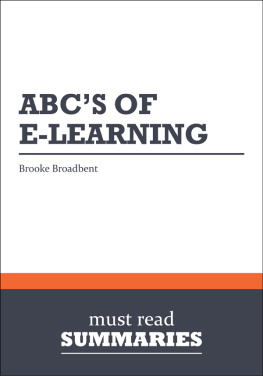

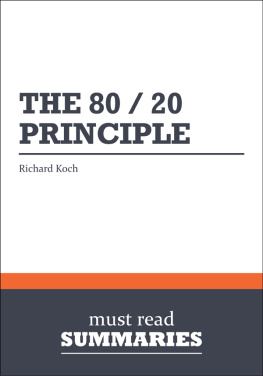





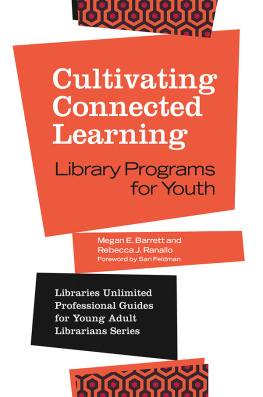

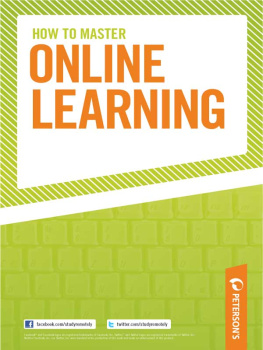
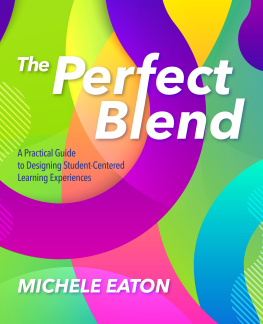
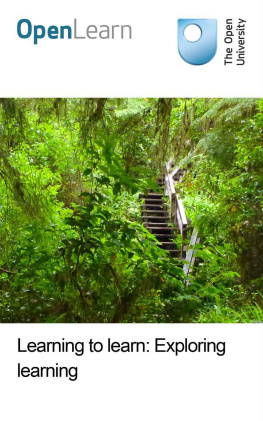
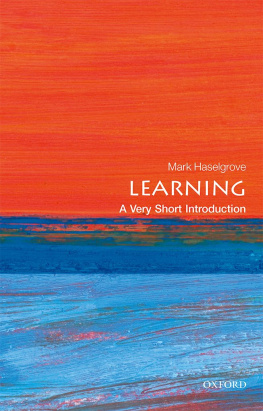
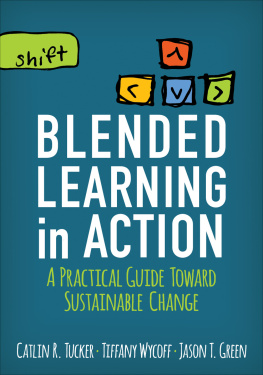


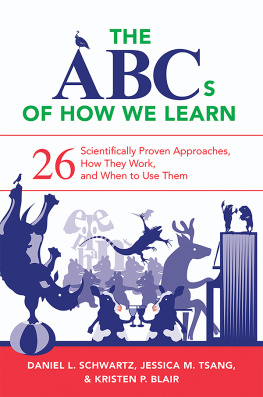
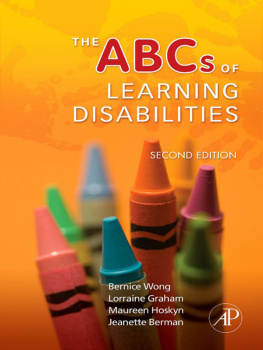
 An Overview of e-Learning
An Overview of e-Learning